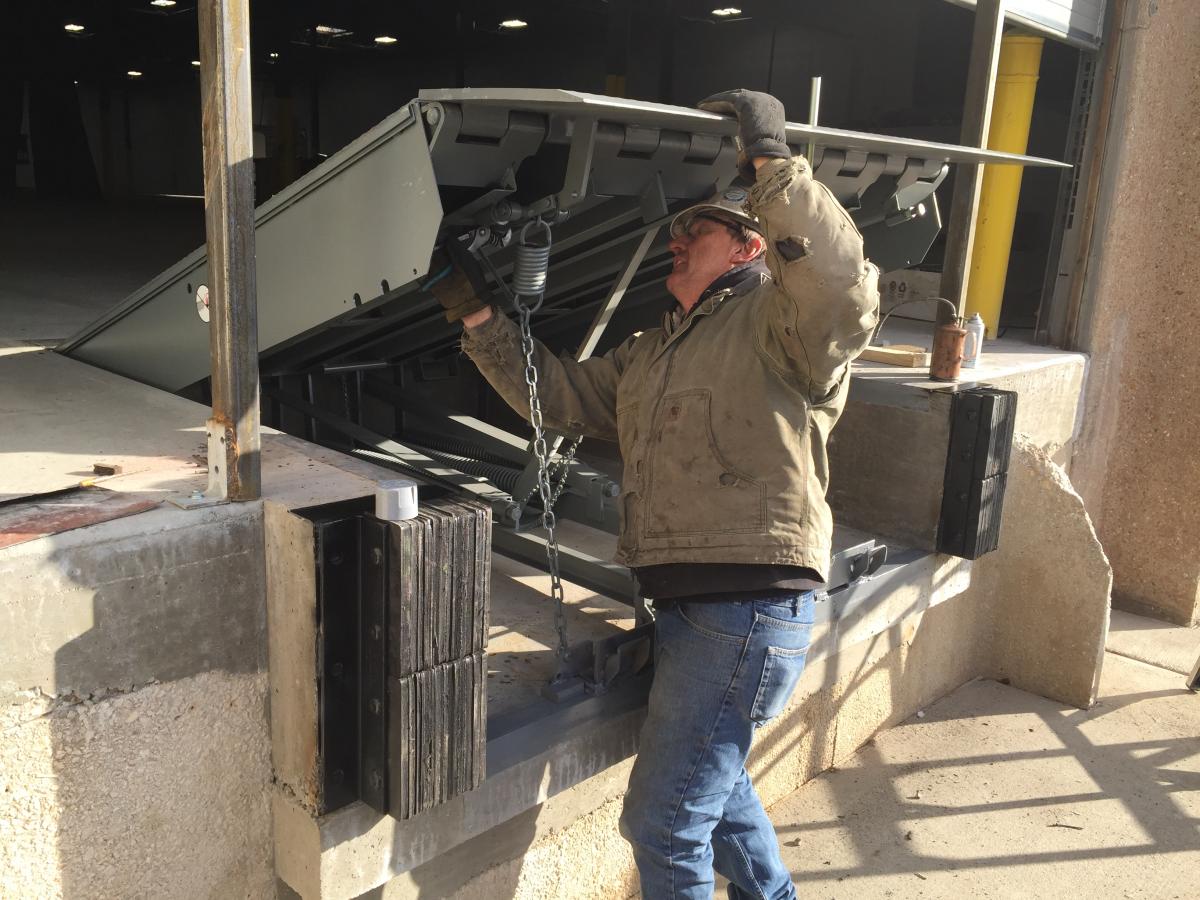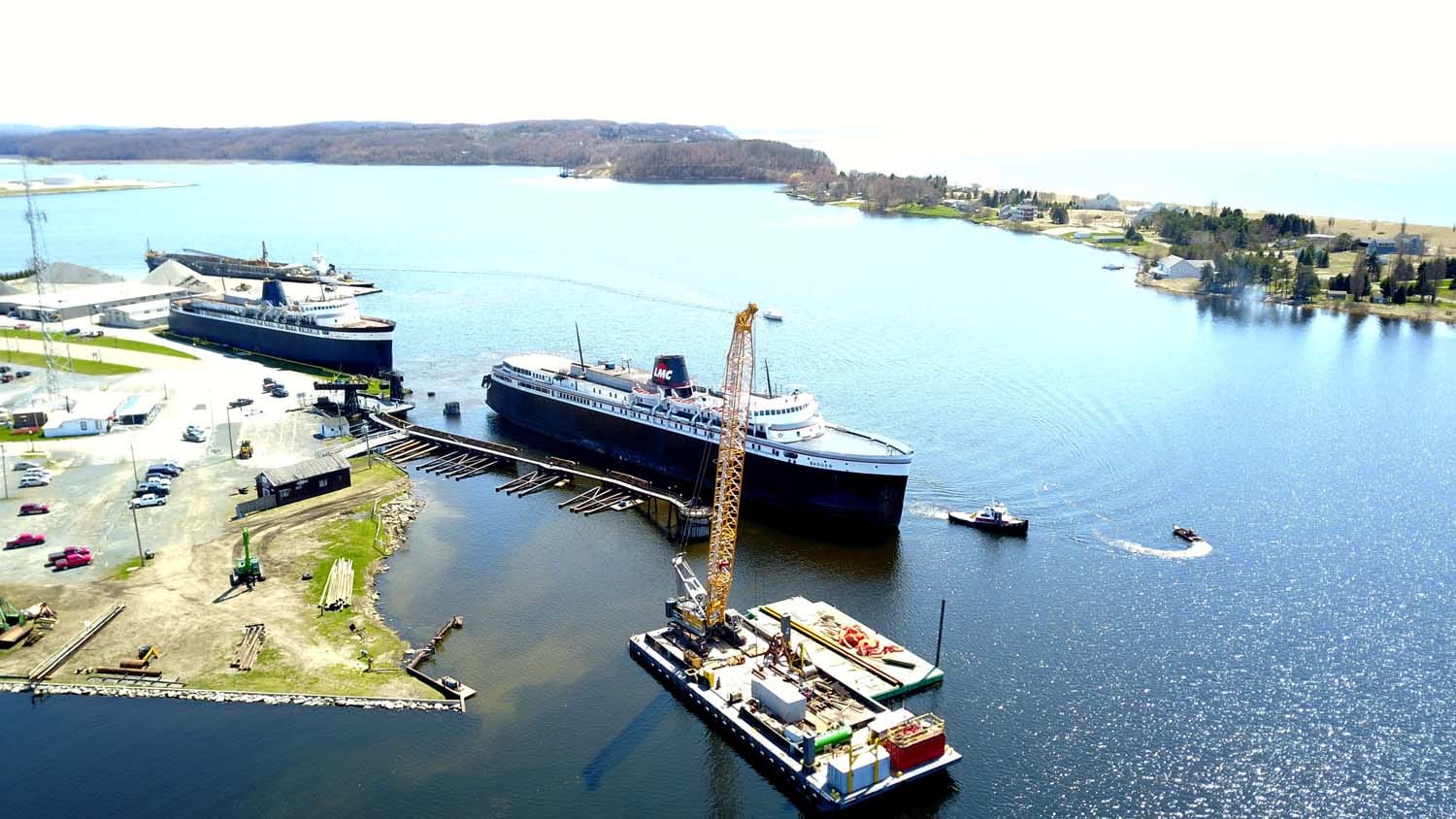How to Choose the Right Solution for Your Dock Repairs
Effective Dock Repair Work Techniques: Guaranteeing Structural Integrity
Ensuring the structural honesty of anchors with efficient repair work techniques is paramount for the longevity and safety and security of aquatic centers. This includes a multi-faceted method starting with thorough examinations utilizing sophisticated technologies like finder tools and remotely operated lorries (ROVs) to identify both noticeable and concealed damages. Ultimately, choosing the best repair products, such as composite materials and corrosion-resistant alloys, is crucial for longevity. Architectural reinforcement methods, including the execution of cross-bracing systems and load-distribution plates, play a crucial role in mitigating stress factors. The value of these methods becomes obvious when exploring innovative repair work approaches and preventative maintenance approaches.
Evaluating Dock Damages
Evaluating dock damages is a vital initial step in making sure the structural stability and safety and security of any docking facility. This preliminary analysis includes a thorough inspection to identify both surprise and visible damages. Secret facets to check out include the dock's foundation, pilings, decking, and equipment. Each part must be scrutinized for indications of wear, rot, rust, or various other types of deterioration that might endanger the structural stability.
Structural engineers or certified assessors commonly execute these analyses making use of specialized devices and methods. As an example, underwater evaluations may employ finder tools or from another location operated cars (ROVs) to spot immersed damages. Above water, aesthetic assessments are matched by using dampness meters and other analysis devices to uncover underlying concerns not right away visible to the nude eye.

Deciding On Repair Service Products
Picking the appropriate repair materials is a critical step in the dock repair procedure, one that straight affects the durability and efficiency of the fixed framework. Material choice need to be driven by variables such as ecological problems, load-bearing needs, and compatibility with existing dock parts. As an example, timber is a typical selection for anchors as a result of its all-natural durability and visual charm. However, selecting the right kind of timber, such as pressure-treated lumber or naturally rot-resistant species like cedar or teak, is crucial to withstand marine atmospheres.
Along with wood, composite products are progressively popular as a result of their toughness and low upkeep requirements. Compounds, generally made from a mix of plastic and wood fibers, supply outstanding resistance to rot, pests, and UV damage. For steel docks, selecting corrosion-resistant alloys such as galvanized steel or marine-grade aluminum is necessary to avoid corrosion and ensure architectural honesty in saline water conditions.
Epoxy materials and marine-grade sealers are indispensable for fixing cracks and sealing joints, supplying a water-proof barrier and enhancing the dock's general stamina. By diligently selecting premium products, dock fixings can achieve long-lasting results, consequently guarding versus future destruction and ensuring safe, reputable usage.
Architectural Support Methods
Efficient structural reinforcement strategies are essential in making certain the security and durability of dock repair work. This method is specifically reliable for docks exposed to hefty tons or severe ecological problems.
One more important strategy is the application of fiber-reinforced polymers (FRP) These products provide high strength-to-weight proportions and exceptional resistance to rust, making them perfect for enhancing wood or concrete anchors. FRP can be applied in strips or sheets and adhered with epoxy resins to enhance architectural integrity.
Supporting and anchoring systems additionally play a critical function in structural support. Cross-bracing, using steel or wooden light beams, can counteract side forces, lowering persuading and activity. Anchoring systems, such as helical piers or driven heaps, offer a secure foundation by moving loads to much deeper, much more secure soil layers.
Finally, the integration of load-distribution plates can assist distribute weight a lot more equally throughout the dock's surface area, mitigating local stress and anxiety factors. These techniques collectively ensure that docks remain risk-free and have a peek here durable, efficient in standing up to the rigors of their operational environment.
Advanced Repair Approaches

One more sophisticated method includes undersea welding, which permits repairs to be conducted without the need to dewater the location. This approach is specifically helpful for resolving architectural problems in submerged dock components, making certain marginal disturbance to operations. Enhanced welding techniques, paired with robot systems, provide precision and integrity, therefore expanding the life expectancy of the dock.
Furthermore, cathodic protection systems are applied to stop rust in metallic dock frameworks. By utilizing sacrificial anodes or amazed current systems, these strategies successfully reduce the electrochemical processes that bring about material deterioration.
Last but not least, advanced monitoring innovations, such as structural wellness tracking (SHM) systems, provide real-time information on the condition of dock frameworks. These systems enable aggressive maintenance and prompt interventions, ultimately making sure the long-term architectural integrity of the dock.
Upkeep and Prevention
Upkeep and prevention are essential concepts Visit Your URL that underpin the durability and safety of dock structures. Normal assessments are paramount, permitting very early detection of damage, potential weaknesses, and ecological impacts. A positive strategy, including regular look for corrosion, rot, and architectural changes, mitigates expensive fixings and prolongs the dock's functional life.
Safety nets must consist of applying protective finishes to steel components to defend against corrosion and using treated wood to stand up to degeneration. Additionally, guaranteeing appropriate water drainage and air flow can prevent water accumulation, which is a typical root cause of architectural destruction. Incorporating quality materials and adhering to maker standards throughout building and construction and fixing stages also play essential roles in improving sturdiness.

Training employees in dock upkeep finest practices guarantees regular application of preventative measures. Leveraging technological advancements, such as drones for inspections and sensing units for real-time tracking, can even more enhance upkeep efforts. By focusing on upkeep and prevention, dock proprietors can make sure structural honesty, operational safety and security, and cost-efficient administration over the dock's lifespan.
Verdict
To conclude, maintaining the architectural integrity of aquatic facilities requires comprehensive dock fixing techniques. Detailed assessments using sophisticated tools discover both noticeable and concealed problems, while the selection of proper repair materials boosts sturdiness. Applying structural support methods addresses tension factors effectively. Advanced repair service strategies, coupled with routine upkeep practices, make sure the dock continues to be safe and functional under diverse environmental problems. Embracing these methods significantly extends the life expectancy and capability of marine infrastructure.
Guaranteeing the structural stability of docks with efficient repair service methods is vital for the long life and safety and security of aquatic pop over here centers.Choosing the proper repair service materials is a critical step in the dock remediation process, one that directly affects the long life and efficiency of the fixed structure.Effective structural support strategies are essential in making certain the security and durability of dock repair work. By prioritizing upkeep and avoidance, dock owners can guarantee structural honesty, functional security, and cost-effective management over the dock's life-span.
In final thought, preserving the structural honesty of marine facilities demands detailed dock repair work techniques.